I had recently designed an array of GaN HEMTs to be used as a solid state relay. At low voltages (Vin = 24V) everything was working fine. However, when I bumped up Vin to 70V, after a couple cycles turning the SSR on and off to a 10A CC load, the top 4 HEMTs (Q1-4) broke down and went up in spectacular flames. The board was sized thermally for a much higher current than 10A, and at the time of breakdown the board temperature was only about 35 degrees C.
If it's relevant, all voltages labelled in red are referenced to GND. That means when on, GNDISO as labelled would be at a potential of 70V higher than GND. Any idea what could have occurred? The HEMTs are 100V rated devices.
Thanks in advance.
EDIT to add info: The GaN HEMTs used were these: https://gansystems.com/gan-transistors/gs61008p/
The gate driver datasheet is here: https://www.skyworksinc.com/-/media/SkyWorks/SL/documents/public/data-sheets/Si827x.pdf
The driver is a fully isolated driver and this gate drive circuit is recommended in an app note from GaN Systems. I didn't notice what happened to the bottom 4 transistors as I rushed to shut everything off and put out the flames. However it is clear that Q1-4 were the ones that blew.
